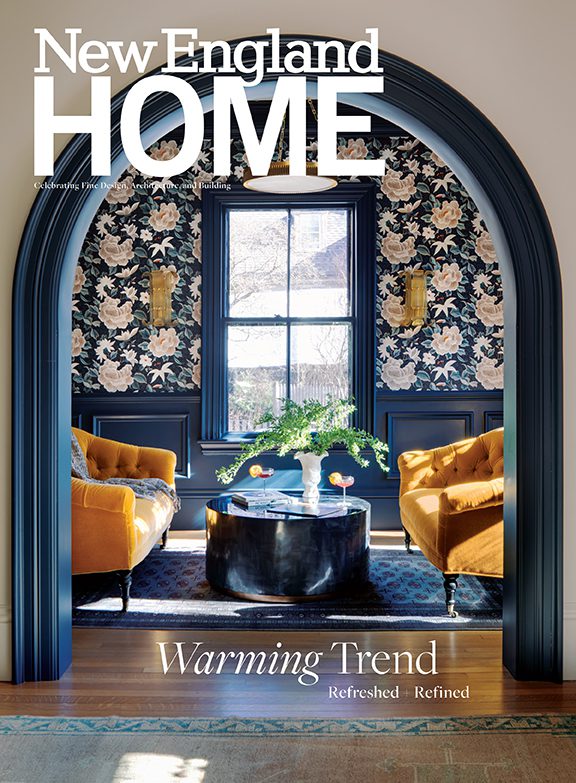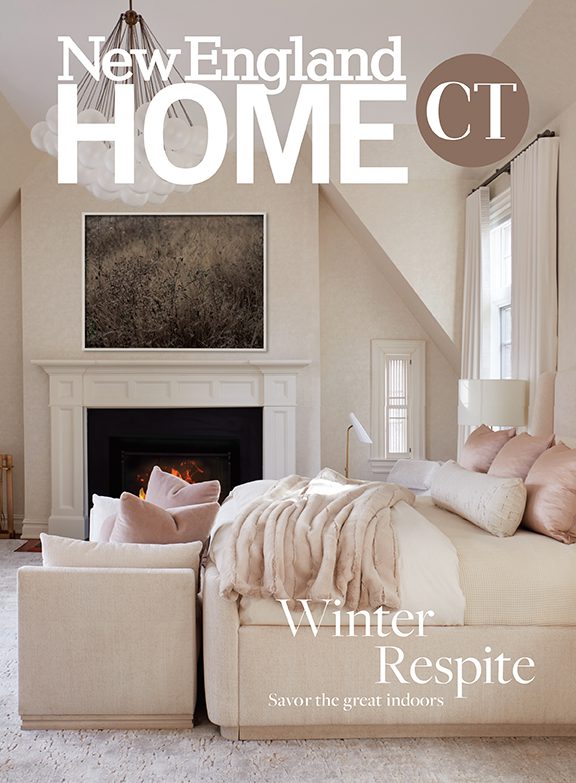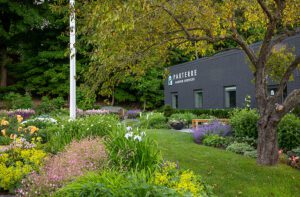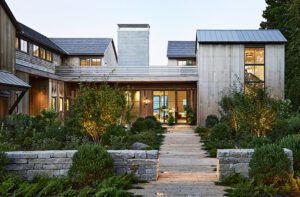Sustainable Living in Somerville: A Tour of a Net Zero House
November 12, 2024
A design team goes to great lengths to create a contemporary net-zero house in Somerville—just don’t tell its exterior.
Text by Wendy Moonan Photography by Jane Messinger
Designing a Passive, Net-Zero Home with Historic Charm
I like projects that are challenging,” says architect Garth Goldstein, which is why he’s particularly fond of a home he recently designed just outside of Boston.
His client, a longtime resident of Somerville, Massachusetts, wanted a passive, net-zero house that would generate all the electricity it needed—but not a contemporary-looking one. In a nod to his neighbors, he asked Goldstein to replicate the facade of the house that he was replacing: a Second Empire, mansard-roof home from the 1870s. Nonetheless, he wanted the interiors to be modern.
Eco-Friendly Materials and Innovative Construction Techniques
Goldstein’s facade, complete with a zinc mansard roof like those you see in Paris, accommodated. To ensure the interior was filled with natural light, he installed three sawtooth shed roofs, common in commercial buildings in the 1950s, with northern-facing transoms on one side and solar panels on the other.
Working with Tagore Hernandez, the director of Group Design Build, Goldstein’s design ticked all the boxes of a passive house. It’s airtight with sealed walls, extra-thick insulation, and triple-glazed windows. It generates its own electricity (with photovoltaic solar panels, geothermal wells, and back-up storage batteries), and it employs the latest in eco-friendly, sustainable materials.
The highly insulated walls of the house were meticulously prefabricated by Ecocor in Searsmont, Maine. “This is definitely more efficient than building on-site and reduces the amount of waste,” Goldstein says. In an airtight house, ventilation is key. Two energy recovery ventilators remove the stale air from the interior and replace it with fresh air from the outside.
Speaking of outside, with sustainability in mind, the designers constructed the carport from Red Grandis wood imported from plantations in Uruguay. It is a fast-growing species of eucalyptus that is both insect repellent and rot resistant.
A watertight basement was also top of mind for the amateur-photographer homeowner, who wanted to use the space as a studio. The basement walls are made of concrete embedded in expanded polystyrene foam blocks. “EPS blocks are a little like LEGOs,” Hernandez explains. “They have holes on top, where you pour the cement. The blocks provide extra insulation.”
Achieving Net-Positive Energy: A Sustainable Success Story
In the end, the home achieves exactly what its occupant desired—and then some. Says Goldstein, “It wound up as a net-positive house, producing more energy than it needs.”
Project Team
Architecture: Garth Goldstein Studio
Builder: Group Design Build
Landscape design: Gilmore Landscape Architecture
Share
![NEH-Logo_Black[1] NEH-Logo_Black[1]](https://b2915716.smushcdn.com/2915716/wp-content/uploads/2022/08/NEH-Logo_Black1-300x162.jpg?lossy=1&strip=1&webp=1)















You must be logged in to post a comment.